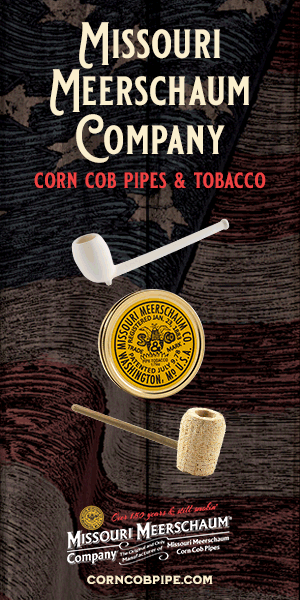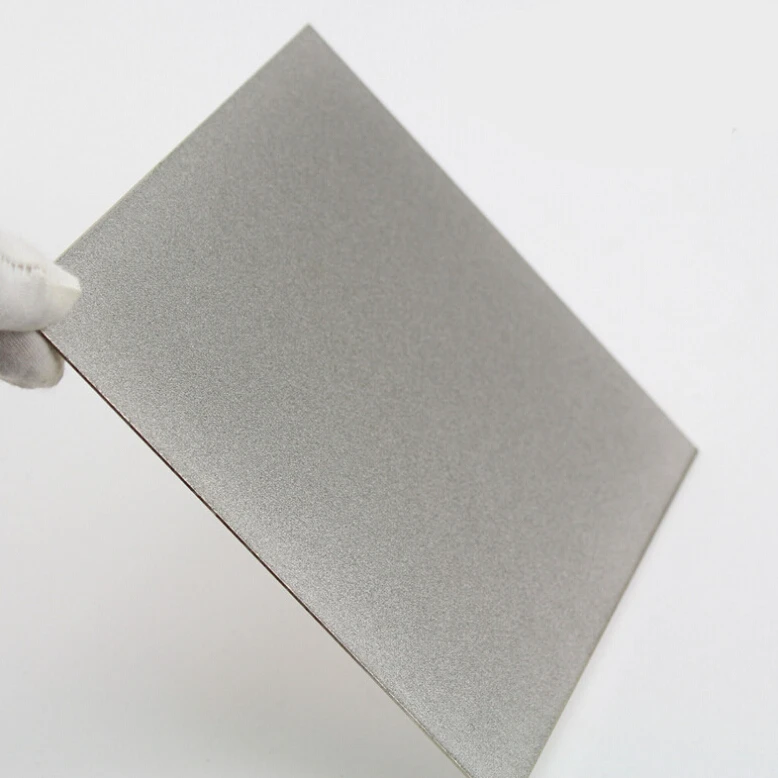I've been a high end knife enthusiast for a few decades now and sharpening knives has got to be one of the most over analyzed and misunderstood subjects in human history.
The most correct instruction for sharpening a knife is as follows: Find something harder than steel and rub the blade on it.
This instruction will produce a sharp knife 100% of the time, it is an inevitability.
If you think sharpening a knife is time consuming, expensive, or complicated, you've probably been watching advertisements.
Once you get the hang of it you can use any coarse grinding stone to take a knife from dull as a rock to shaving again in under a minute.
To give a hint of direction beyond "rub the blade", the best advice for someone learning to sharpen is:
#1. The Sharpie Trick
Paint the edge of your knife with black marker, this way it's easy to see how much steel has been ground off.
Once you've ground away all the marker all the way to the very edge, your knife should be mostly sharp.
#2. "If you can't sharpen with a coarse stone, you will never sharpen with a polishing stone"
I kid you not, several times in my life I have wasted an entire afternoon polishing a dull knife. Any amount of polishing is absolutely worthless if the knife was not sharp to begin with.
NEVER NEVER NEVER even think about trying to polish an edge that isn't already shaving sharp straight off the coarse stone.
A big fast cutting stone is your best friend, 99% of sharpening is just removing metal behind the edge, polishing the terminating angle of the edge requires very little effort in comparison.
#3. Removing the Burr
This is where knife sharpening does hold similarities with arcane magic.
In my mind the Burr is a Hydra like adversary.
The Burr is a tiny little flap of metal extending from the edge that is too thin to be pressed into the sharpening stone, it just bends out of the way while you're grinding the edge bevel.
So to deal with it, hold the blade at a slightly higher angle than your grinding angle and give both sides of the edge a feather light stroke on the sharpening stone. That should knock off most of the Burr.
Problem is if you use too many strokes or too much pressure you will just create another Burr.
I tend not to worry about it too much because even after all this time with paste loaded strops and super fine ceramics I almost never manage to fully de-burr my knives.
The best sharpening system ever is just the biggest cheapest diamond plate you can find, here's a link to an 8"x8" plate for around $20.
Smarter Shopping, Better Living! Aliexpress.com

www.aliexpress.com
The quality of diamond grit may vary, but in the case of sharpening stones I say quantity is more valuable than quality.
Grinding wheels can be used and many professionals do a great job with them, but professionals probably use a wet grinder, heat treatment is critical for blade steel and it's easy to overheat the edge on a grinder.
Not that it's the end of the world but it's a big shame if you fry the edge of a knife with an electric grinder, thus hand sharpening is usually preferred.
If you want to sharpen a knife and keep it looking as pristine as it was new that's a very different subject, and that's where the expensive jigs come in, but if you just want to maintain cutting tools then the whole process is not expensive or complicated.
Also, for most people this may as well be the best knife ever made:
Olfa XH-AL Fiberglass Rubber Grip Auto Lock Utility Knife - https://www.olfaproducts.com/olfa-xh-al-model-1104189-utility-knife.html
Yes you can sharpen a "Disposable" blade the same as any other knife, like a Missouri Meerschaum cob there is no need to treat it as disposable even if most people do consider it to be.







 ?
?